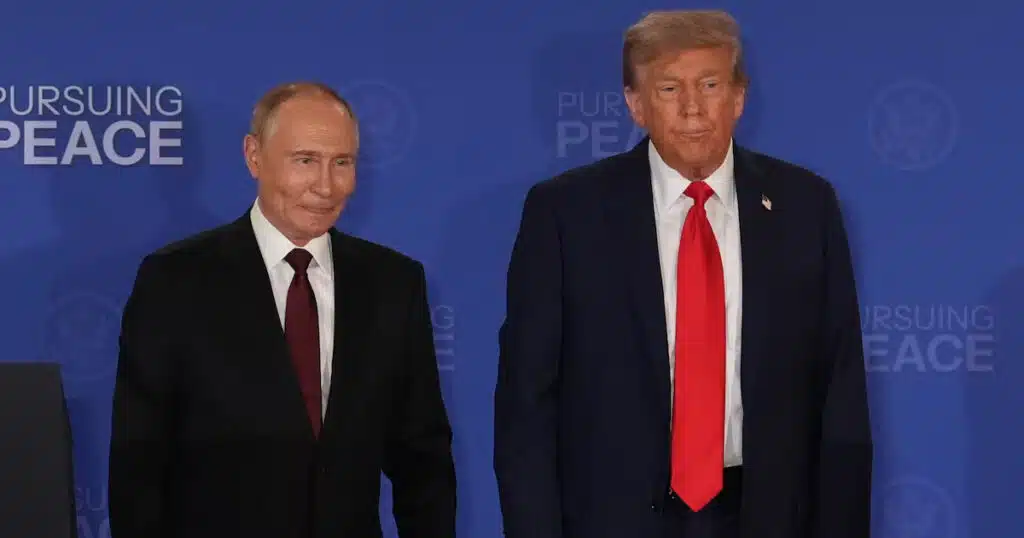
Is Taiwan Paying Attention?
The parallels between Taiwan and Ukraine are too obvious to ignore. They both sit on the doorstep of large, authoritarian regimes with sophisticated militaries, significant quantities of nuclear weapons and a thirst for expansion.
You can rest assured that China is watching how events have unfolded in Ukraine through the lens of a microscope as they continue to evaluate the best way to bring what they consider a renegade province back into the fold.
The Fatal Flaw in Ukraine Strategy
As was discussed in an earlier piece, there was never a path to a successful conclusion to the war in Ukraine from a Western perspective. In fact, one could argue Ukraine will set a historical precedent on how not to run a proxy war.
Whether it was lying to Russia about NATO expansion plans, organizing a coup against a duly elected Ukraine president or sabotaging peace negotiations to further the cause of war, Western nations, led by the United States, did everything they could to push Russia into attacking Ukraine in order to protect its sovereignty.
However, despite the transfer of approximately $3 billion in advanced weaponry to Ukraine, which, in a negative feedback loop served to hasten the invasion, the central flaw in the strategy stemmed primarily from the grim reality that Ukraine was unable to defend itself without assistance from other countries.
Once the invasion began, the U.S. and its allies had a difficult choice to make. Either allow Russia to conquer Ukraine and carve it up as they saw fit, or begin transferring large quantities of advanced weaponry in an effort to stymie Russia’s advance.
We all know which path the Biden administration chose.
Instantly, Russia framed Ukraine as a proxy for the U.S. To date, Biden has given Ukraine $70 billion in military aid with commitments for another $60 billion. European countries have contributed $38 billion with commitments of another $117 billion.
However, throughout the early part of the war, Ukraine was hamstrung by a reluctance on the part of NATO to allow Ukraine to attack Russia directly with NATO supplied weapons. For almost two years, the fighting took place exclusively on Ukrainian soil, and as a result, Russia made significant territorial gains in the eastern region of Ukraine, eventually establishing a path from Voronezh to the Black Sea.
Foreseeing the outcome, Biden and NATO allies reluctantly agreed to deliver advanced F-16 fighter aircraft to Ukraine. When that wasn’t enough, Slow Joe agreed to allow Ukraine to use U.S. made missiles to strike inside Russia, and finally, he recently gave the go ahead for Ukraine to fire long range US-made ATACMS missiles deep into Russian territory. It took Ukrainian President Volodymyr Zelenskyy one day to exercise his newfound capability. Remember, Zelenskyy’s goal is to draw NATO directly into the war with boots on the ground.
Russia’s response was swift, and President Vladimir Putin updated Russia’s nuclear doctrine to include first strike attacks in response to acts of aggression inside Russia from any “non-nuclear state supported by a nuclear power,” which is a thinly disguised threat to the U.S. and NATO. Putin has pointed out that the ATACMS system cannot be successfully operated without providing direct guidance from U.S. satellite systems. From Putin’s point of view, that means the U.S. is participating directly in the attacks on Russia, and thus has opened itself up to counterattack with nuclear weapons.
Let’s Hope Taiwan is Watching
The moral of the story?
A country must be capable of defending itself from attack by a predatory nation before the first act of aggression occurs.
For Taiwan, this means stockpiling weapons, and more importantly, creating its own indigenous military industrial complex.
Read that again because it is absolutely critical, especially in light of Donald Trump re-entering the White House. Despite the bravado, Trump is anti-war at heart. He was opposed to the Iraq war, opposed to the Afghanistan war and has expressed opposition to the war in Ukraine. Faced with a similar situation should China invade Taiwan, it’s hard to imagine Trump would be willing to walk down the same path of escalation that has led the U.S. to the brink of WW3 with Russia.
Perhaps recognizing the unreliability of U.S. support, Taiwan has made significant steps in the direction of a self-sufficient military.
Notably, the U.S. is committed to selling $345 million in new weapons to Taiwan. Although this is promising, it’s important to remember that in the past, arms deals with Taiwan have been slow walked through the cumbersome logistics and supply chain operations in the Department of Defense. In truth, the U.S. is an unreliable supplier of arms to Taiwan, and hopefully, recently elected Taiwan President Lai Ching-te recognizes that reality.
Due to growing uncertainty, Taiwan has begun a transformation process resulting in the establishment of military supply chain operations at home. This includes a current budget of $19 billion and domestic manufacturing of attack drones, missiles, armored vehicles, military ships, combat rifles, submarines, and even jet fighters.
The defense industry in Taiwan is booming, and it’s not a moment too soon. Based on the Ukraine model, the longer Taiwan can repel China’s aggression in the event of a war, the more international pressure will mount on Xi Jinping in the form of sanctions and other punitive measures. China wants a war that is over quickly, while a protracted war benefits Taiwan. If it can fight China using primarily domestically produced weapons, Taiwan can directly attack the Chinese mainland without the type of restrictions that doomed Ukraine. Even if a Taiwanese missile hits Beijing, China will not be able to rely on the “proxy war” strategy Russia has used successfully to rattle sabers and intimidate the West.
Taiwan has seen the future, and hopefully, they will continue to plan accordingly.



